Cat water fountains offer significant advantages over traditional water bowls, addressing both cats' natural instincts and health needs. Unlike traditional water bowls where material choice is straightforward, choosing a cat water fountain requires looking at it from multiple angles. In this article, we’ll break down the common materials used in cat fountains currently on the market. Understanding each material’s pros and cons will help you figure out what’s best for your pet and your daily routine.
Before diving into the details, it’s important to know that the type of material directly affects cleanliness, durability, and whether your cat will actually want to drink from it. The most popular options today are plastic, stainless steel, and ceramic, each with its own strengths and disadvantages. Stay neutral, stay practical, and you’ll find the one that works best for your home.
Pros and Cons of Cat Water Fountain Options by Materials
Stainless Steel Cat Drinking Fountains: Clean, Safe, Durable
Stainless steel cat water fountains are often considered the gold standard when it comes to hygiene and durability.

4 Advantages of stainless steel cat water fountains:
- Hygiene: Stainless steel is non-porous and doesn’t absorb odors. It resists bacteria and mold far better than plastic.
- Durability: It won’t scratch easily, doesn’t rust, and holds up to daily use.
- Safety: Food-grade stainless steel (especially 304 grade) ensures no harmful chemicals leach into the water.
- Cleaning: The smooth surface makes it easy to rinse off debris. Most trays are dishwasher safe, simplifying regular maintenance.
2 Disadvantages of stainless steel cat water fountains:
- Noise: If poorly designed, the water sound might be slightly louder due to contact with metal surfaces.
- Price: Often pricier than plastic models, but worth it if health and longevity are priorities.
Plastic Cat Drinking Fountains: Affordable, But Risky Over Time

Plastic pet water fountains are common because they’re cost-effective and easy to produce.
3 Advantages of plastic pet water fountains:
- Affordability: Usually the least expensive option.
- Lightweight: Simple to move, clean, and reposition.
- Variety: Available in many shapes, sizes, and colors.
4 Disadvantages of plastic pet water fountains:
- Scratch-prone: Deep scratches can trap bacteria and are hard to sanitize.
- Odor buildup: Over time, plastic can absorb smells and tastes.
- Chemical safety: Even BPA-free plastic may still release unwanted compounds after wear.
- Black chin: Cats drinking from plastic are more prone to develop acne or “black chin.”
Ceramic Cat Drinking Fountains: Stylish, but Fragile
Ceramic fountains often stand out visually and functionally if made well.

3 Advantages of Ceramic fountains:
- Aesthetic Appeal: Ceramic often looks beautiful and feels premium.
- Stable Weight: Heavier than plastic, it’s less likely to tip over during use.
- Cooler Water: Some ceramic materials help retain a cooler temperature, which some cats enjoy.
3 Disadvantages of Ceramic fountains:
- Breakable: Ceramic can chip or crack with impact. Even tiny cracks can harbor bacteria.
- Glaze Safety: Low-quality ceramics may contain unsafe glazes. Be sure to look for lead-free or food-safe certifications.
- Maintenance Risk: If the glaze becomes damaged or porous, cleaning becomes more difficult and less effective.
Comparative Analysis and Assessing the Optimal Choice
Comparative Overview:
Each material presents a unique set of benefits and limitations. Stainless steel excels in hygiene and durability, making it a preferred choice for many. Plastic offers affordability and variety but falls short in longevity and safety. Ceramic provides aesthetic value and stability but requires careful handling and maintenance.
Emphasizing Stainless Steel's Merits:
Considering factors such as hygiene, safety, and durability, stainless steel fountains often emerge as the superior option. Their resistance to bacterial growth and ease of cleaning contribute to a healthier drinking environment for cats.
Final Thoughts:
While each material has its place depending on individual preferences and circumstances, stainless steel cat water fountains generally offer the most balanced combination of safety, durability, and ease of maintenance, making them a wise investment for conscientious pet owners.

A Realistic Look at the Market
Most cat fountains on the market today combine multiple materials rather than using a single material throughout. Typically, the water reservoir or tank is made of plastic due to cost and supply chain constraints, while the drinking tray may be made of stainless steel or ceramic for hygiene and easier maintenance. In most cases, several components are made from different materials. So while your focus should be on hygiene and safety where it matters most, there’s no need to stress over total material uniformity.
How to Choose the Right Stainless Steel Fountain
If you’ve decided stainless steel is the route to take, or you’re still comparing options, keep this checklist in mind:
Confirm Material Quality
Look for 304 food-grade stainless steel labeling. This ensures the fountain meets safety standards for long-term pet use.
Match Size and Capacity to Your Home
A single cat may only need a 1.5-liter fountain, while a multi-cat household might require something closer to 3 or 4 liters. Consider how often you want to refill it and how much space you have.
Pay Attention to the Pump
Even though the pump will likely be plastic, make sure it’s quiet and designed to last. Some newer options now use pumpless technology (gravity-fed or alternative circulation systems) that keeps things clean and quiet without the usual maintenance.
Evaluate the Filter System
Check how many layers the filtration system uses and how often it needs to be changed. Activated carbon and foam cotton are common choices. Make sure replacements are affordable and easy to access.
Think About Daily Use
Is the fountain easy to take apart and put back together? Can the tray go in the dishwasher? Does the water flow gently or spout like a tap? Some cats are easily startled and may prefer quieter, gentler streams.

Finding the Best Water Fountain Material for Your Cat
In summary, water fountains really is good for cats, the material of your cat's water fountain significantly impacts its functionality, safety, and longevity. While plastic and ceramic options have their merits, stainless steel fountains stand out for their superior hygiene, durability, and ease of maintenance. Take your time to think through the features we've covered, and you'll end up with a fountain that works well for both you and your cat's daily routine.



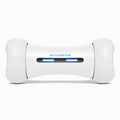

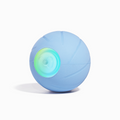


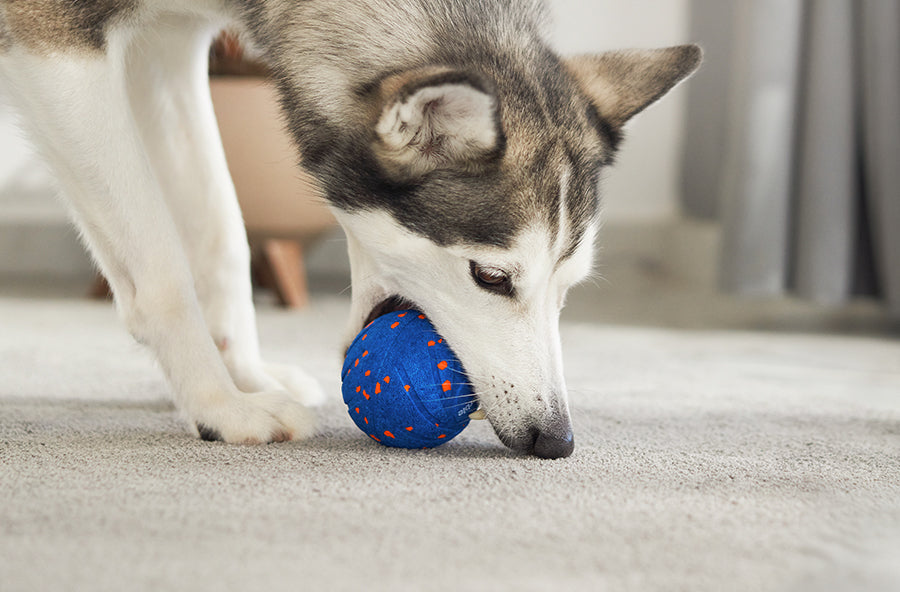

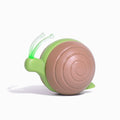

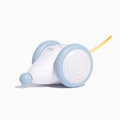
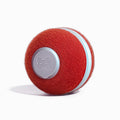
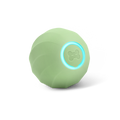


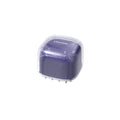
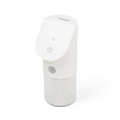
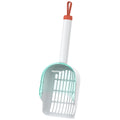

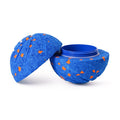
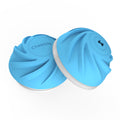
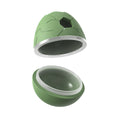
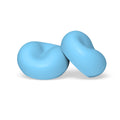
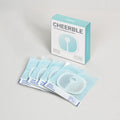

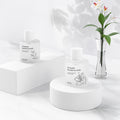


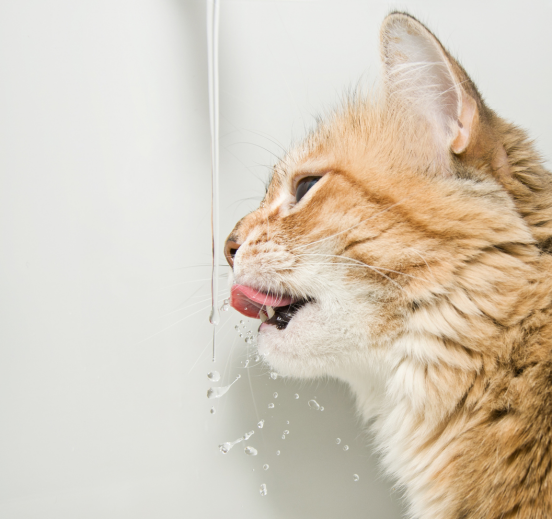

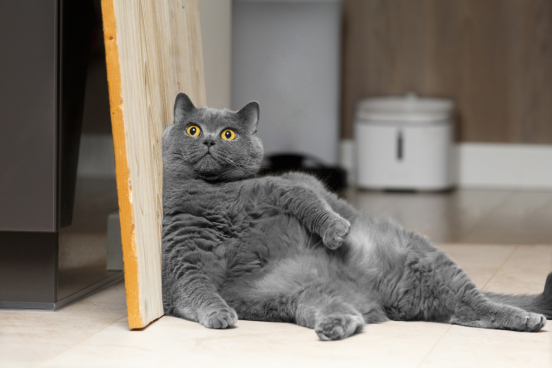
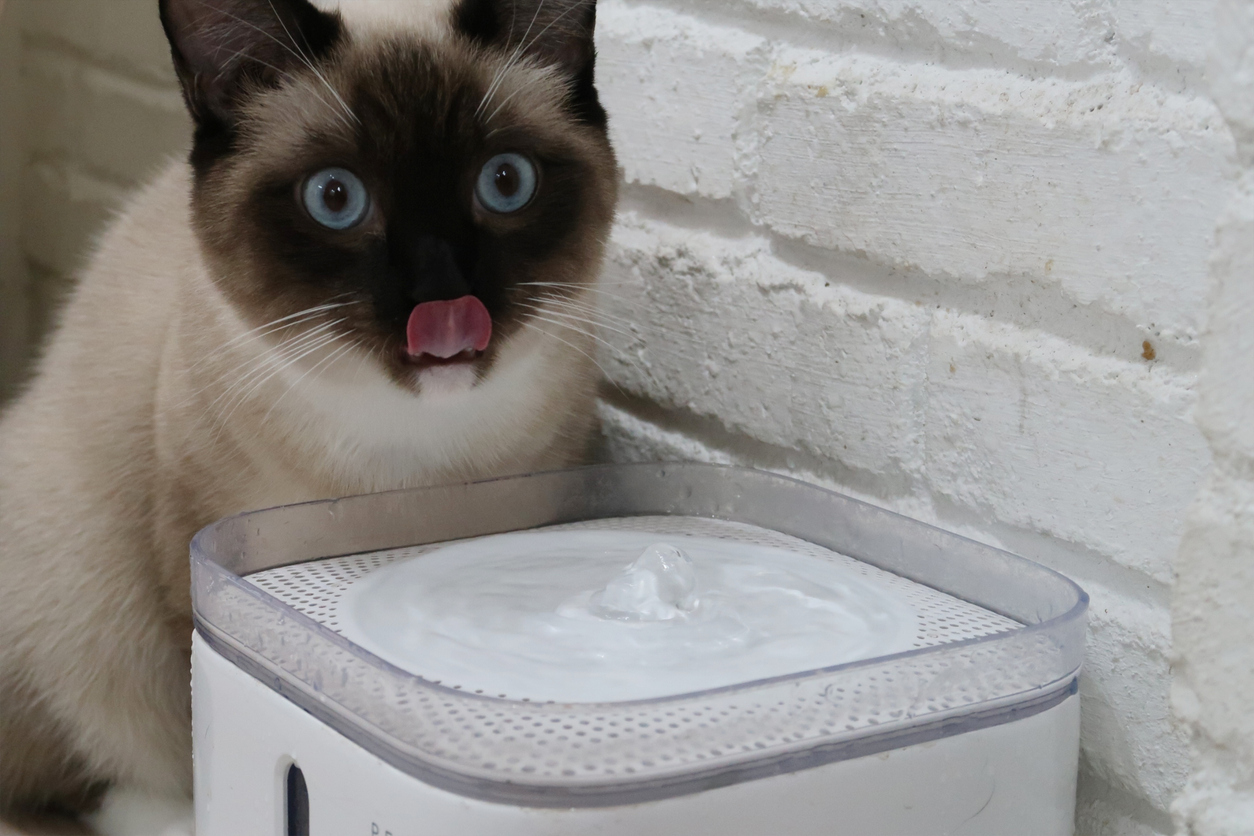
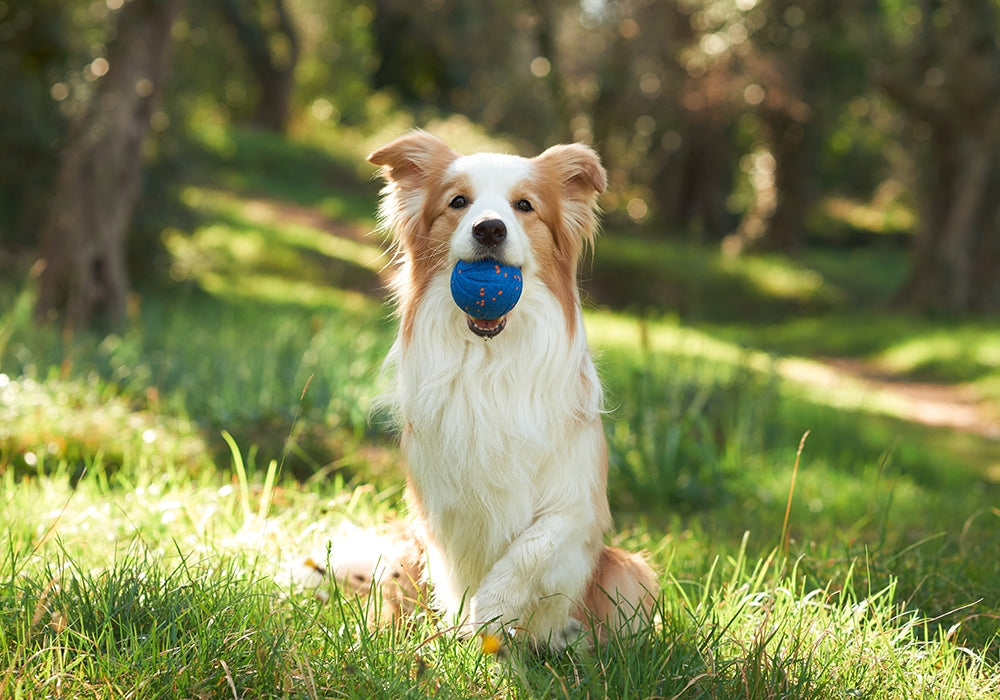
Laisser un commentaire
Tous les commentaires sont modérés avant d'être publiés.
Ce site est protégé par hCaptcha, et la Politique de confidentialité et les Conditions de service de hCaptcha s’appliquent.